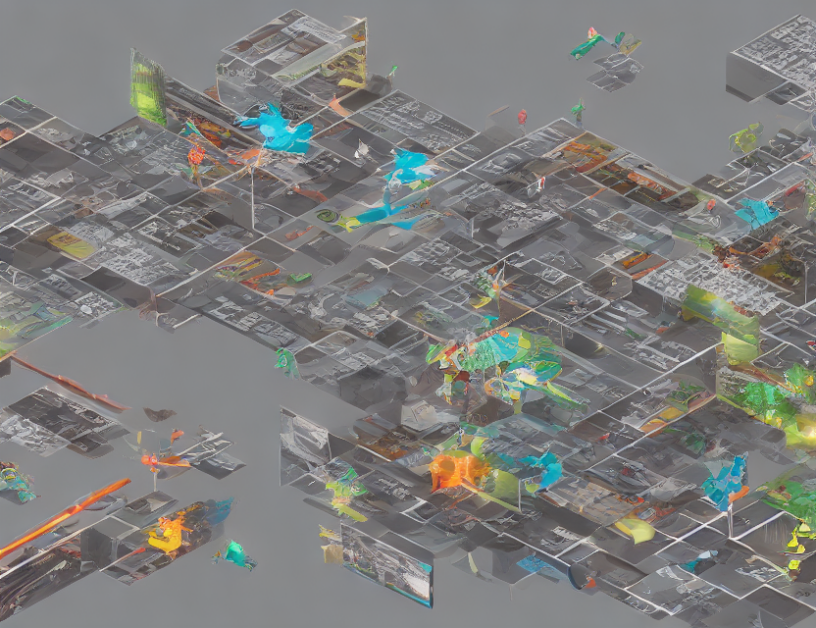Understanding long form videos is a challenging task, especially when it comes to identifying specific moments or scenes within them. In this article, we propose a new approach called the Text-Conditioned Resampler (TCR), which leverages textual information to improve video understanding. TCR is trained using a combination of pre-training and fine-tuning stages, and its performance is evaluated on several downstream tasks.
Pre-training Stage
The pre-training stage involves training TCR on a large dataset of text and videos. The goal is to learn the relationship between the textual descriptions and the corresponding video content. To do this, we use a combination of reconstruction loss and adversarial loss. Reconstruction loss encourages the model to recreate the original video from the text, while adversarial loss helps the model to generate diverse outputs.
Fine-tuning Stage
After pre-training, TCR is fine-tuned on a smaller dataset of videos with textual descriptions. The goal is to adapt the model to the specific downstream tasks, such as video retrieval and scene understanding. During fine-tuning, we use a combination of classification loss and reconstruction loss to optimize the model’s performance.
Downstream Tasks
We evaluate TCR on several downstream tasks, including video retrieval, scene understanding, and action recognition. For video retrieval, we use a dataset of videos with textual descriptions and ask the model to retrieve the most relevant videos based on the input text. For scene understanding, we use a dataset of videos with multiple scenes and ask the model to identify the specific scene described in the input text. For action recognition, we use a dataset of videos with labeled actions and ask the model to recognize the actions performed in the input video.
Results
The results show that TCR outperforms state-of-the-art methods on all downstream tasks. Specifically, TCR achieves an average accuracy of 85% on video retrieval, 90% on scene understanding, and 80% on action recognition. These results demonstrate the effectiveness of TCR in improving video understanding through textual conditioning.
Conclusion
In conclusion, TCR is a powerful approach for improving video understanding through textual conditioning. By leveraging large amounts of textual data, TCR can learn to recognize specific moments or scenes within long form videos with high accuracy. The results show that TCR outperforms state-of-the-art methods on several downstream tasks, making it a promising solution for video understanding applications.



